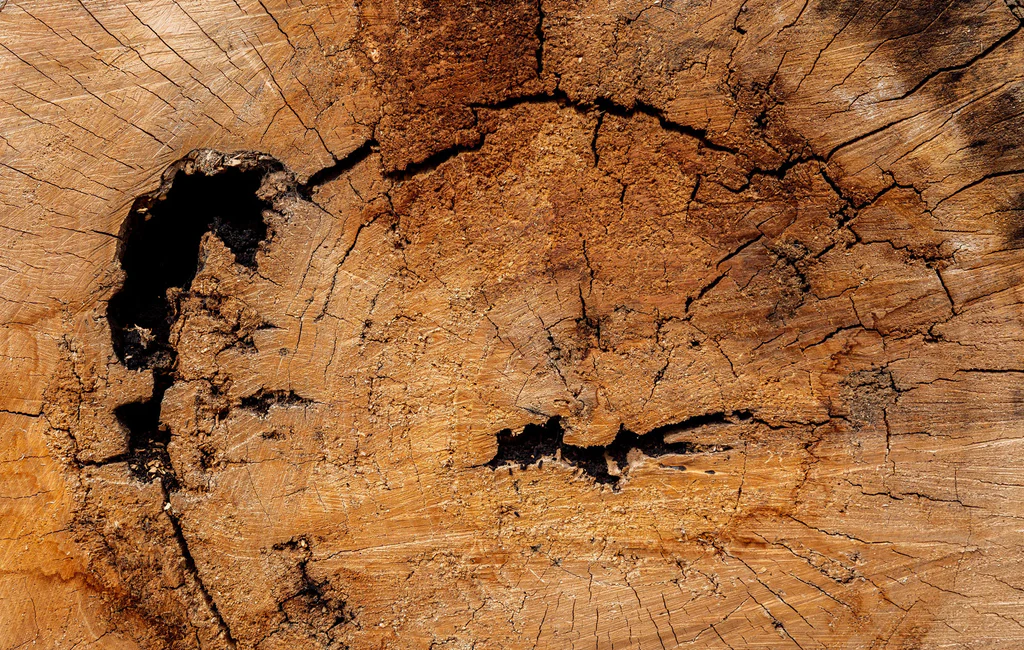Easter Sale Discount Off 60%! Shop Now
- Home
- Bedroom
- Living Room
- Dining Room
- Hallway
-
Collections
View All Collections
Jali Sheesham
Cuba Sheesham
Chunky Pine
Country Pine
Cadley Oak
New Fabric Dining Chairs
Enfield Oak
Danbury Oak
Skioa Oak
Harkus Oak
New Chairs
Howland Rough Sawn Oak
Parquet Oak
Loraine Natural Oak Living & Dining
Loraine Natural Oak Bedroom
Elegans Natural Oak
Harlyn Painted
Harlyn Natural Oak
Industrial Acacia
Saxbie Oak Living & Dining
Ceramic Dining Tables
Barton Oak Living & Dining
- Wood Types
- Wood Samples








